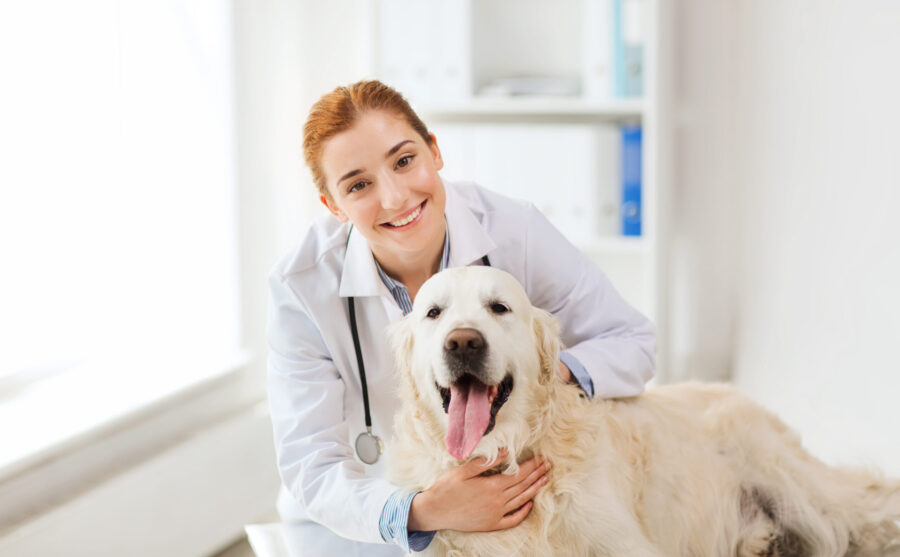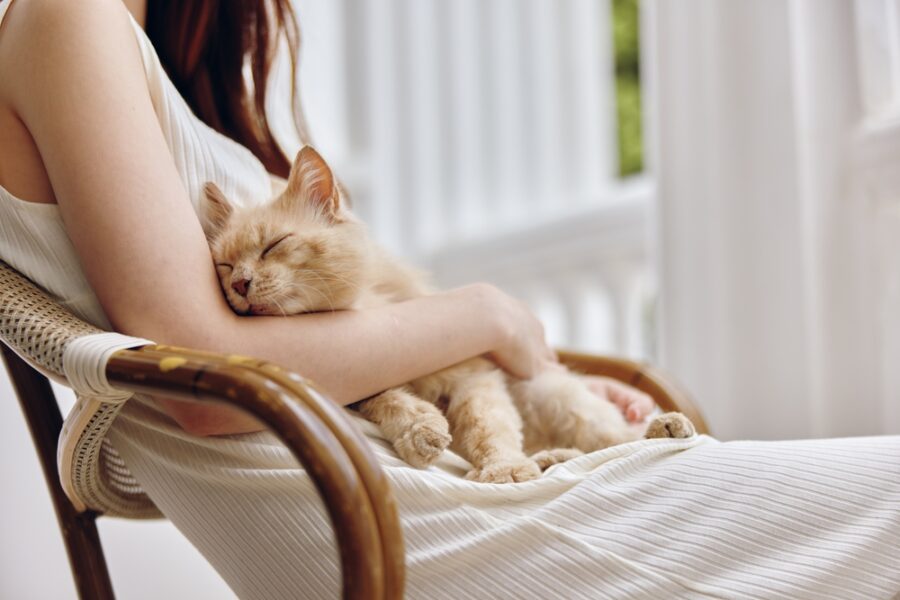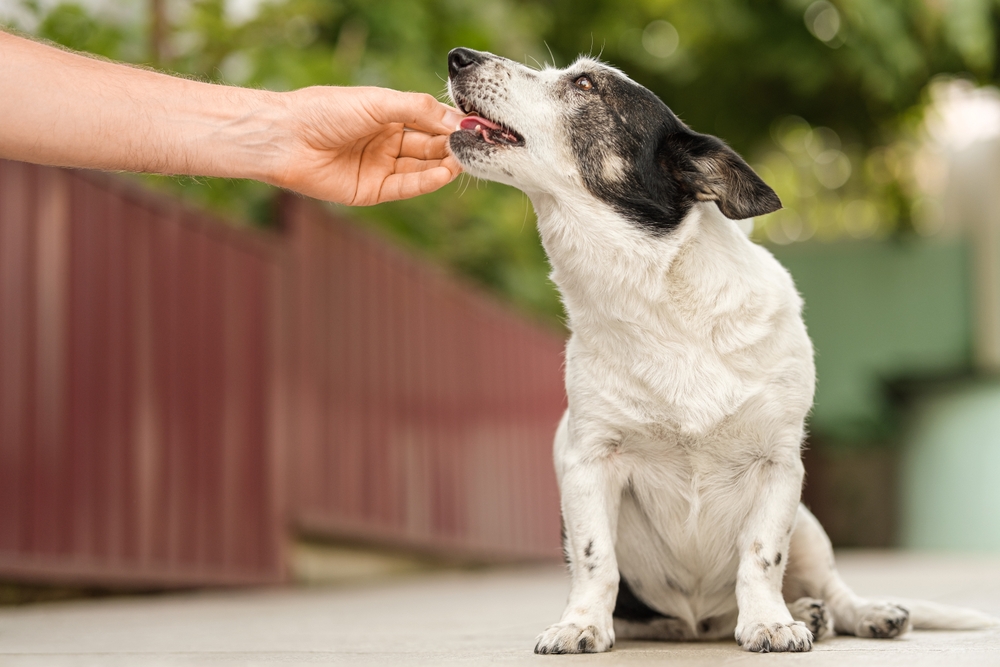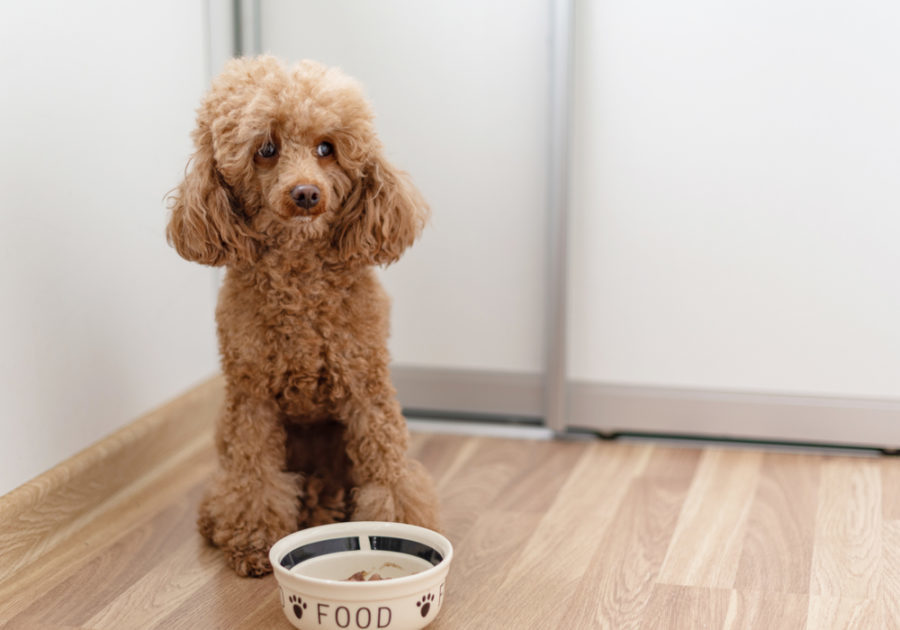No matter how clean they look, your dog’s food and water bowls may harbor bacteria that can make him sick. Along with daily washing, choosing the right type of bowl helps minimize the risk.
If your dog is like most, he probably licks his bowl clean after every meal. But that doesn’t mean it is clean. The same applies to his water bowl. In fact, a recent study done by NSF International, an organization that tests products to ensure they’re safe for consumers, showed that a dog’s water bowl is the third most contaminated item in a typical household, and is a breeding ground for germs and bacteria. But it doesn’t have to be this way — choosing the right type of bowl for your dog, along with daily cleansing, helps ensure those bad microbes don’t get a chance to take hold.
Dog bowl materials — the worst and the best
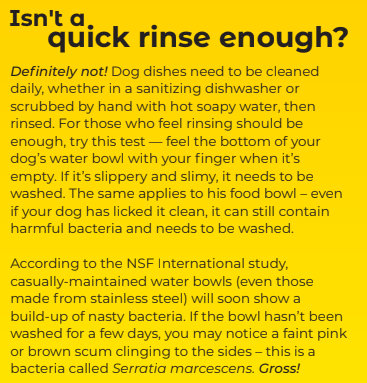 Plastic
Plastic
Bowls made from plastic aren’t a good choice. Over time, plastic can develop tiny scratches, nicks and cracks that can harbor bacteria. Even rigorous cleaning may not reach the germs tucked away in these microscopic crevices.
Additionally, the chemicals in plastic bowls absorb through the skin and may inhibit the synthesis of melanin, leaving your dog’s nose with pink blotches. According to the NSF study, this condition is actually called “plastic dish nasal dermatitis”. The characteristic loss of pigment on the nose and around the mouth is due to p-benzylhydroquinone, a chemical found in many plastics. This chemical inhibits the production of melanin, which produces dark pigments in the body.
It’s also widely known that plastic materials contain bisphenol A (BPA), which can damage a dog’s health.
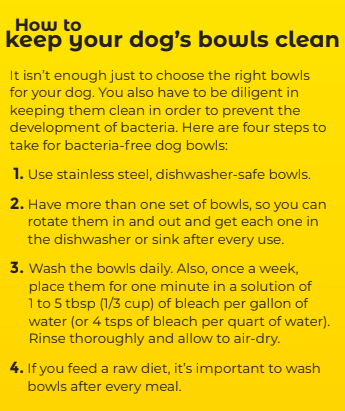 Ceramic
Ceramic
According to a UK study done at University Centre Hartpury, ceramic bowls are also capable of disease transmission. The goal of this particular study was to identify if bowl material (i.e. plastic, ceramic, stainless steel) and duration of use influence the quantity and species of bacteria present. The highest levels of bacteria were found in plastic bowls used over a period of time, while the most harmful bacterial species, including E .coli and MRSA, were most frequently identified in ceramic bowls.
Unlike ceramic bowls and dishes for human use, dog bowls
do not have to be certified as safe.
Stainless steel
Of all dog bowl choices, stainless steel is the best. This material is non-porous, which means bacteria can’t find crevices or cracks in which to grow. It’s durable, easy to clean and mostly dishwasher safe. Keep in mind that bacteria can still build up on the surface of a stainless steel bowl, but daily cleaning easily washes it away.
Preventing bacteria from growing in your dog’s food and water bowls is very important. All you have to do is choose the right material (i.e. stainless steel) and make sure you keep his bowls sparkling clean. It’s easier than you think!


